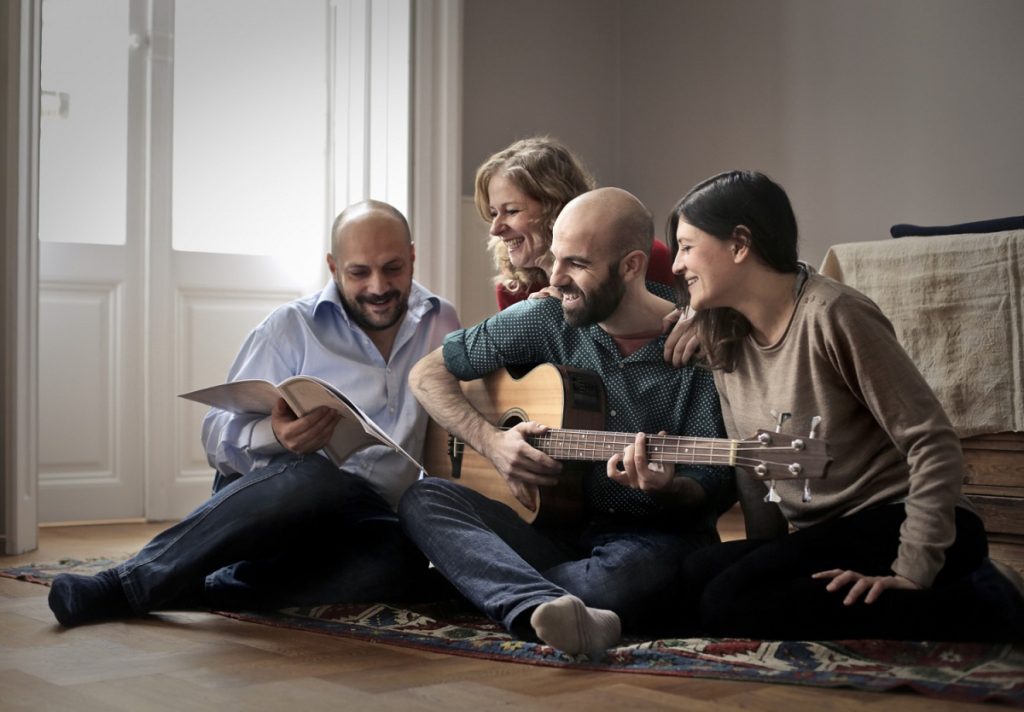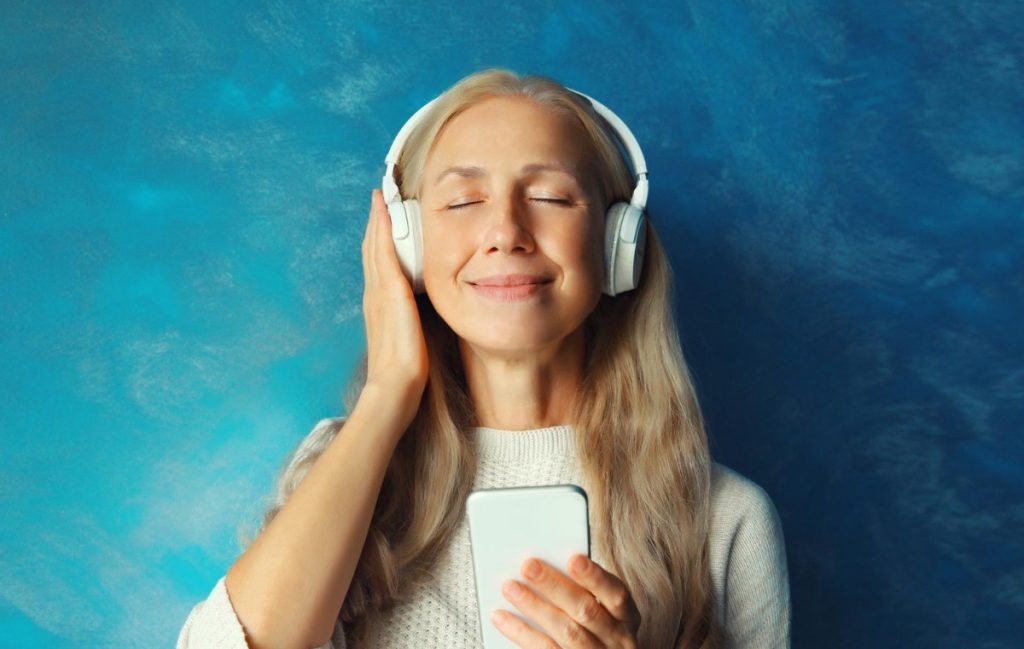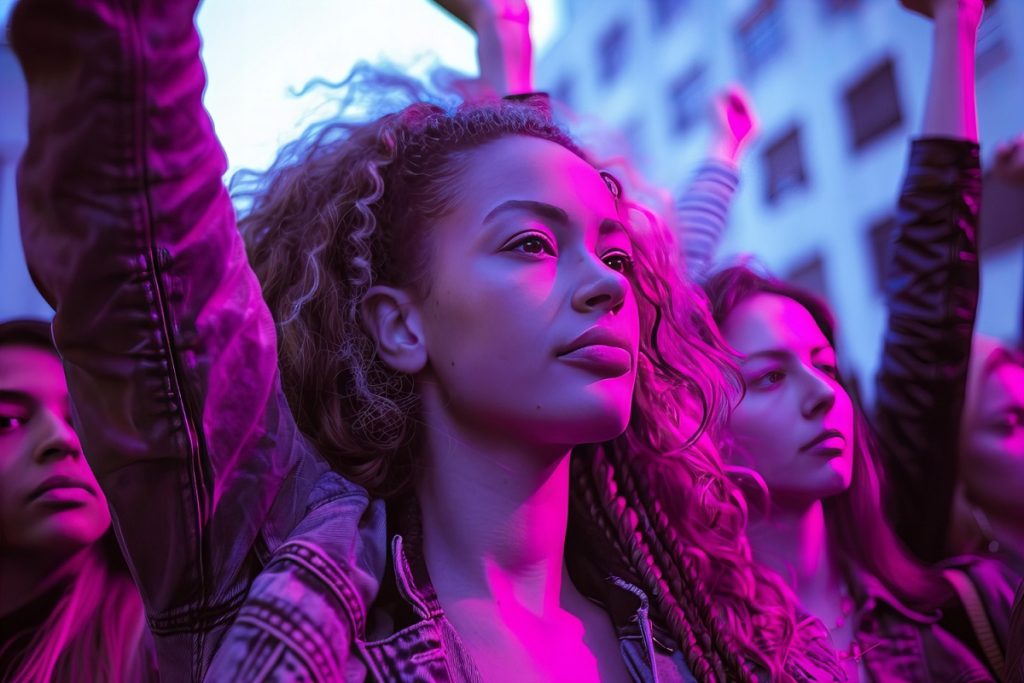The Civil Rights Movement remains one of the most pivotal eras in American history, intertwining profound social upheaval with remarkable cultural expressions.
Among the myriad forms of protest and communication utilized during this time, music emerged not only as a tool of expression but also as a formidable force for social change.
This article explores the intricate relationship between music and the Civil Rights Movement, highlighting how songs and performances became catalysts for courage, change, and unity.
The soundtrack of a revolution
During the 1950s and 1960s, the Civil Rights Movement leveraged the power of music to galvanize supporters, communicate emotional depth, and reinforce the resolve of those fighting for equality. Music served as a universal signal of shared struggle and hope, turning individual battles into collective resistance.
Influence on collective identity and unity
Songs like “We Shall Overcome” and “A Change Is Gonna Come” became anthems, synonymous with the fight for civil rights. Sung at rallies, marches, and in quiet moments of reflection, these songs fostered a sense of solidarity and shared identity among disparate groups, united by a common goal of justice and equality.
Music as an emotional and psychological tool
Music’s ability to touch emotions is profound. In the context of the Civil Rights Movement, it played a critical role in strengthening morale and resilience among activists. It provided not just a respite from the harrowing realities of the struggle but also a means to express fear, hope, and determination.
Strengthening resolve through melodic empathy
Musicians like Mahalia Jackson and Sam Cooke used their talents to vocalize the sorrows and aspirations of a generation. Jackson’s powerful gospel music inspired listeners, bringing spiritual solace and emotional strength, while Cooke’s smooth, soulful voice in “A Change Is Gonna Come” articulated the deep yearnings for justice and equality.
Cultural impact and message propagation
The reach of music during the Civil Rights era extended beyond just those immediately involved in the movement. Through radio waves and record players, the message of civil rights permeated American homes, spreading awareness and empathy.
Music brought the realities of racial injustice into the cultural mainstream, challenging societal norms and encouraging widespread support for civil rights policies.
Music as a medium for wide-reaching influence
Folk and protest musicians like Bob Dylan and Joan Baez drew diverse audiences, using their platforms at events like the March on Washington to highlight civil rights issues to broader American and global audiences. Their involvement illustrated music’s unique role in bridging diverse demographic divides.
Music and memory in the movement
The songs of the Civil Rights Movement have left a lasting legacy, serving not only as a historical archive but also as a continual source of inspiration for subsequent generations.
These musical works help preserve the memory of the movement’s trials and triumphs, ensuring that the messages and sacrifices are not forgotten.
Preserving legacies and educating the future
Through educational curriculums and public commemorations, the music of the movement continues to resonate, offering lessons on resilience, unity, and the ongoing struggle for justice. Its emotional potency and narrative capacity make it an enduring tool for teaching and understanding history.
In conclusion, music was not merely a backdrop to the Civil Rights Movement; it was a driving force of spirit and communication. It comforted the weary, emboldened the fearful, and unified the divided, proving itself to be as integral to the movement as any march, speech, or legislative act.
Today, the echoes of this music continue to inspire and teach, a timeless reminder of the power of artful resistance and the undying human thirst for freedom and equality.






